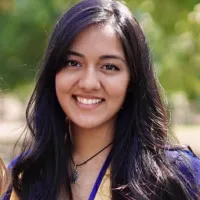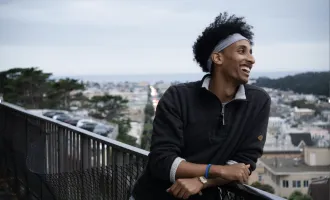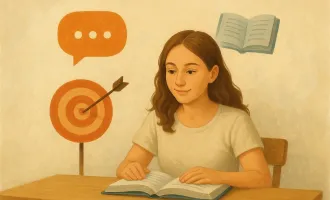
Photo by Luis Melendez on Unsplash
From Patient to Student at UCSF
For the first time in my life, I perceived my thighs when I sat down on the toilet. Of course, I had seen my own legs before. But this time, I really noticed them. It was a little after three in the morning and my fourth trip to the bathroom that night. They looked like they were shrinking.
In the summer of 2012, I was a healthy 16-year-old cloaked with naïve invincibility. So, when I was waking up multiple times in the middle of the night to urinate, eating and drinking more than usual, and rapidly losing weight — I forced myself to brush all symptoms off.
I remember thinking that there was no way I could be sick. I needed to stay healthy. I had to do well in my summer community college courses, prepare for my senior year of high school, and become the first in my family to apply to college. At the time, my mom worked at a factory that cleaned hospital linen, and my dad delivered packages as a courier. Their modest earnings supported our family of seven, and we received medical care from a local community clinic in Pittsburg, California. As my symptoms became harder to ignore and my family began noticing my deterioration—including my feeble legs—I finally contacted the clinic. They scheduled me for the following morning.
Blood-glucose readings at 330 mg/dL, 416 mg/dL, and several lab samples later, it became clear that life as I knew it was going to change drastically. I was rushed to the ER, and later to UCSF Benioff Children’s Hospital in Oakland (CHO), where I was finally diagnosed with type 1 diabetes (T1D). Over the next few weeks, months, and eventually, years, I learned how difficult it would be living with T1D coming from a low-income and immigrant household. Apart from learning to take care of myself, I needed to help my family acclimate to my new reality. My parents, who had only high school education from rural villages in Punjab, India, had never heard of T1D. They could not understand how their 16-year-old daughter could get “sugar” or why there was no cure for a relatively common condition.
I have always considered myself resilient, but this diagnosis pushed my limits to unfamiliar territory. But despite these earlier hardships, I felt taken care of. For nearly five years, Dr. Sonali Belapurkar, my pediatric endocrinologist and Associate Professor at UCSF School of Medicine, took care of me, and in extension, my family. While receiving care from her, I was enrolled in California Children’s Services (CCS), a state program that covered all of my diabetic supplies, medications, and treatment as a low-income patient. Dr. Belapurkar often prescribed supplies and insulin in generous quantities and with long expiration dates. At the time, I didn’t understand why this was necessary given that the bare minimum would have been just fine. Then, when I turned 21 and aged out of CCS, I became uninsured: the surplus of supplies and insulin literally saved my life.
Dr. Belapurkar’s foresight demonstrated a complex understanding of structural violence, or how social, political, and economic factors can limit access to essential resources for those with limited agency. I have since learned that many people struggling with the joint burden of poverty and T1D also struggle to get affordable insulin. In the United States, powerful bureaucracies dictate which patients access essential medications and high-quality care. Flexible resources, such as knowledge, money, and social connections further widen these disparities in access and care. As such, people from higher socioeconomic statuses fare better when accessing and taking advantage of new knowledge and technology—be it continuous glucose monitoring systems or automated insulin pump devices. In contrast, for low-income patients that face unstable access to insulin, adhering to basic medical treatments can feel impossible.
For the months I was uninsured, I adopted a mindset for conservation and survival. I started reusing needles, limiting my blood-glucose checks, and becoming really mindful of my insulin intake. All the while, I kept up the demanding life of a pre-medical student. I pushed forward to complete prerequisite courses, work multiple part-time jobs, conduct research, mentor other first-generation students, and volunteer at a student-run clinic that provided care for patients experiencing homelessness. I was angry and hurt. And it made me even more upset to learn that my reality was not unique to me.
Over time, my anguish transformed into advocacy and optimism. And, now, I find myself at the same institution that cared for me in the first place. As I am approaching the end of my Master’s training in Global Health Sciences at UCSF and my 10-year diagnosis anniversary, I look forward to using my education to make a positive difference in the lives of patients like myself. Ten years later, I am stronger, healthier, and graduating with a degree from the place that helped bring me here.



